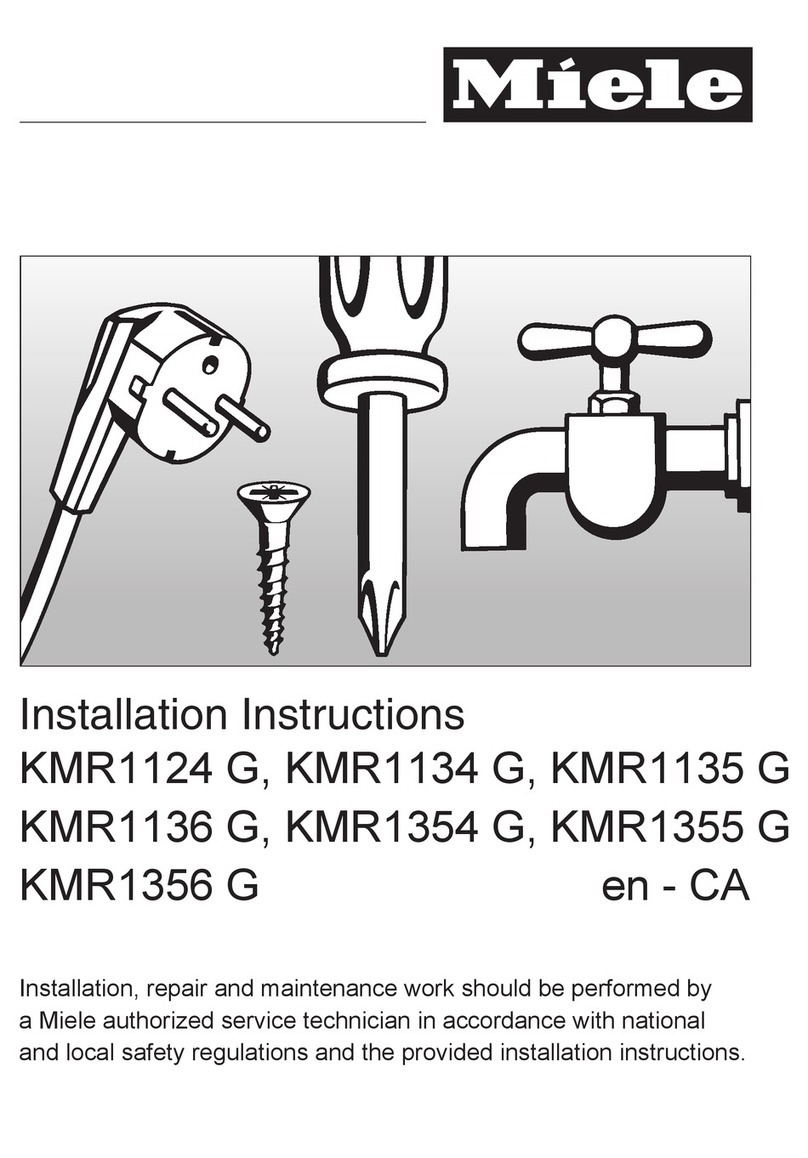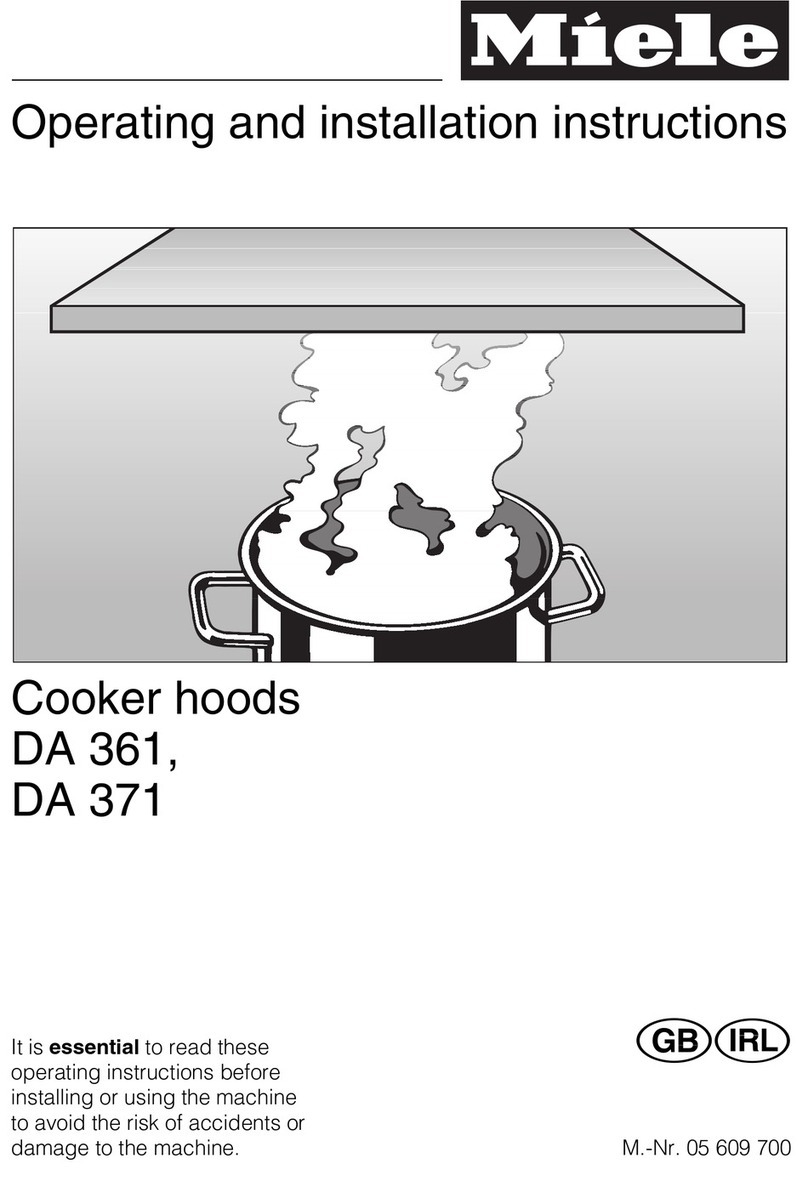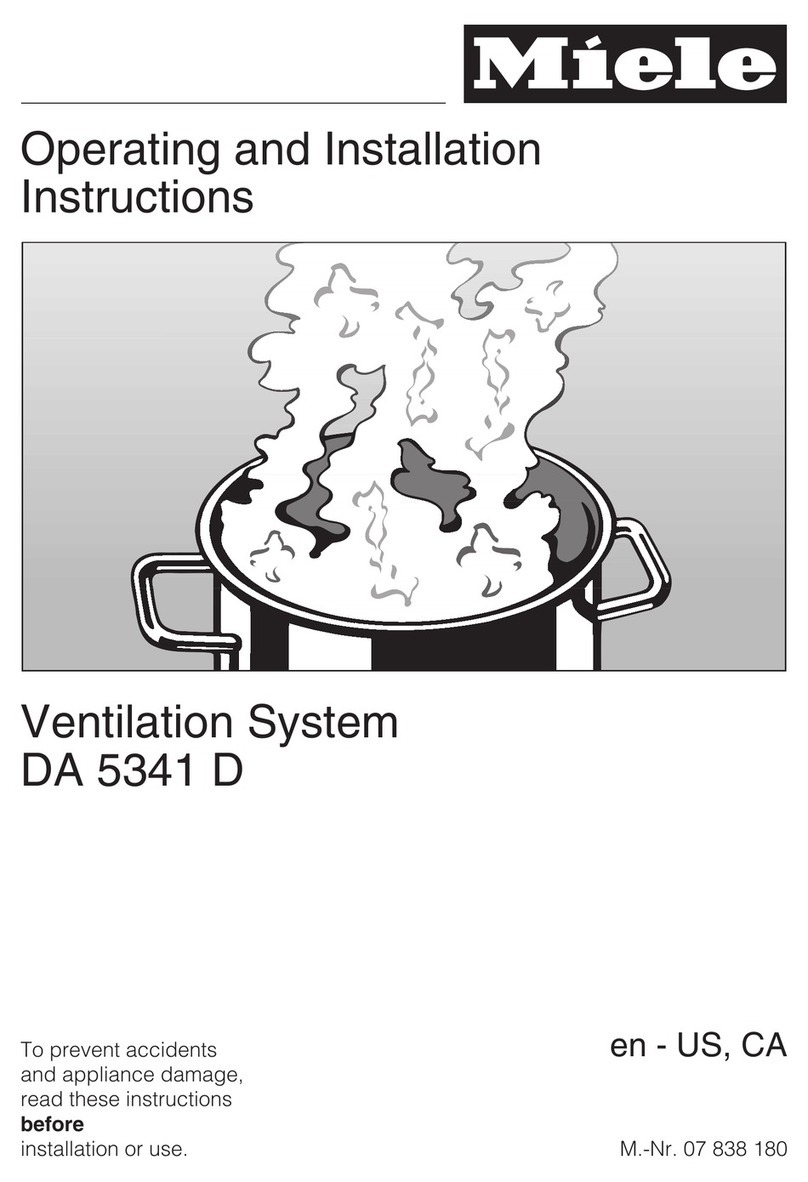Miele DA 399 User manual
Other Miele Ventilation Hood manuals

Miele
Miele DA 6796 W User manual
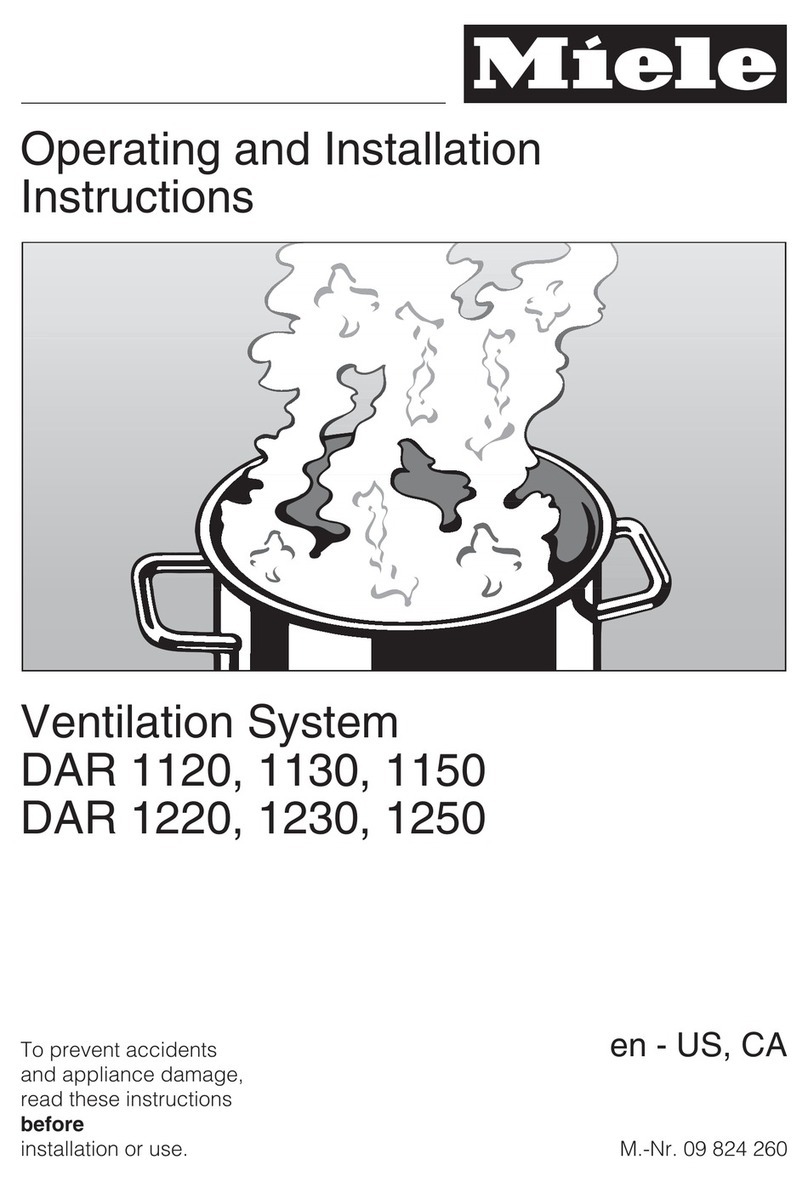
Miele
Miele DAR 1230 User manual
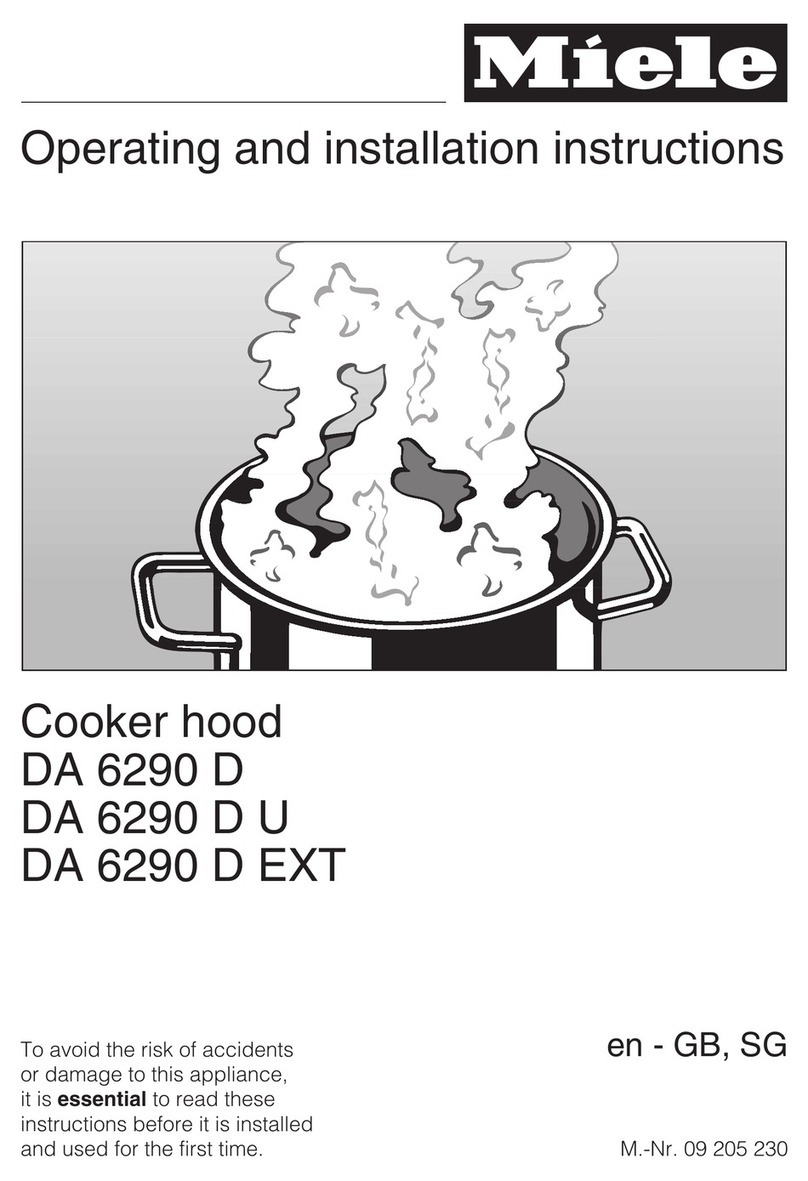
Miele
Miele DA 6290 D U User manual

Miele
Miele DA 2450 User manual

Miele
Miele DA 429-4 Specification sheet
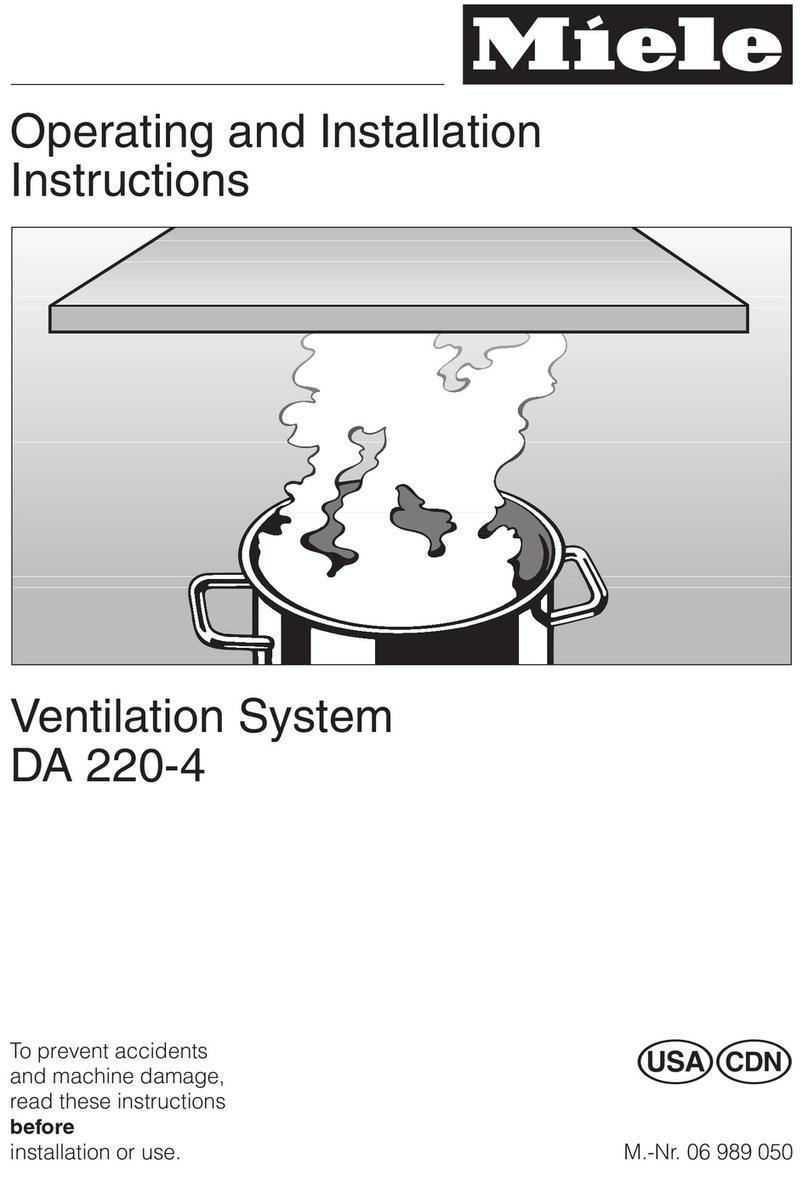
Miele
Miele DA 220-4 User manual
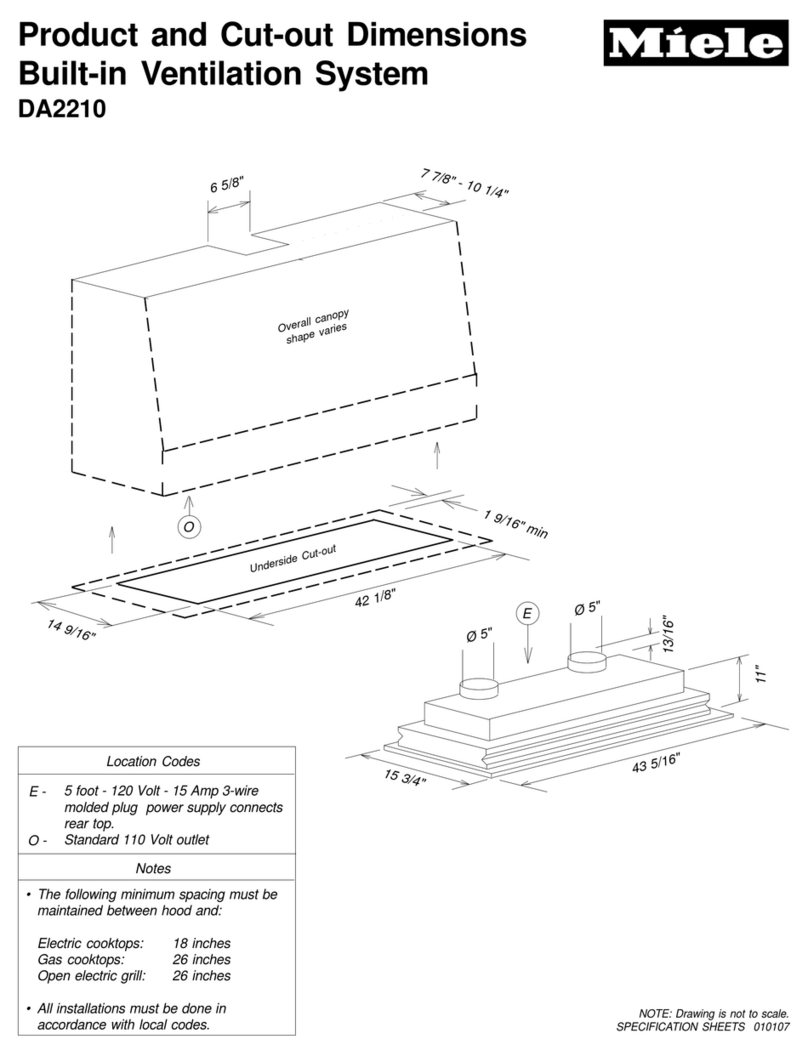
Miele
Miele DA2210 User instructions

Miele
Miele DAS 8630 User manual
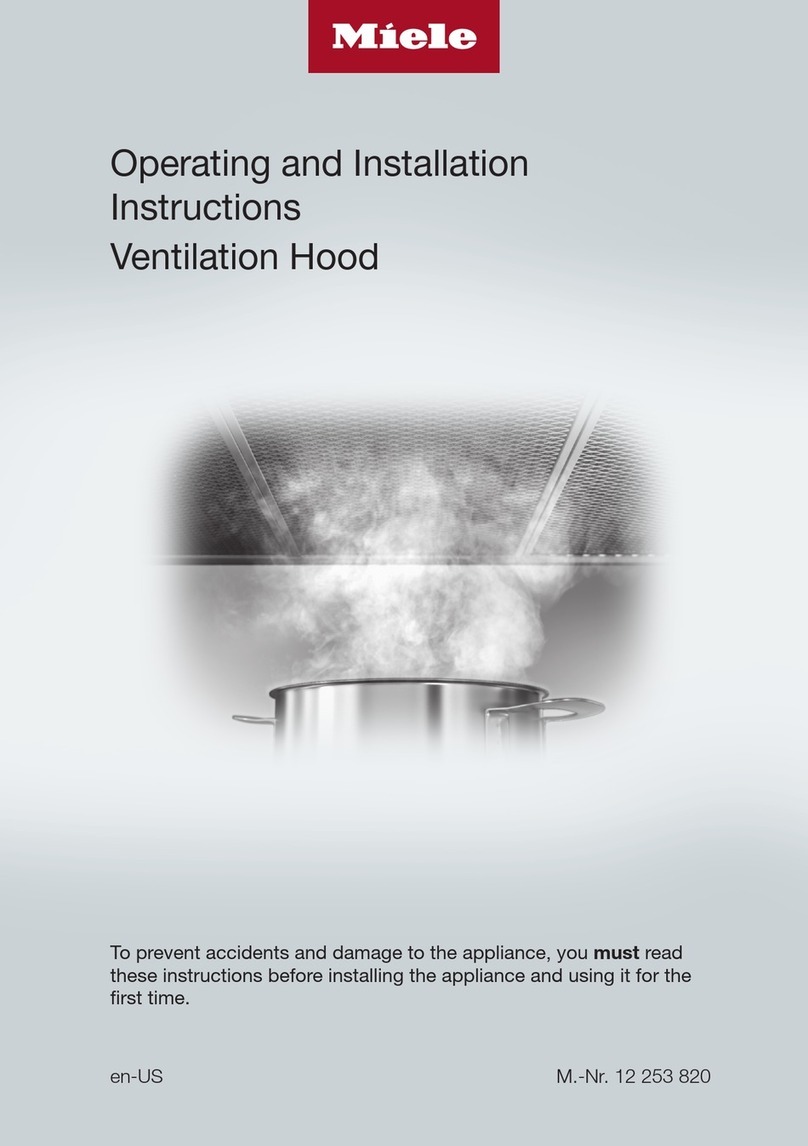
Miele
Miele DA6596DSS User manual

Miele
Miele DA 6498 W EXT User manual

Miele
Miele DA 249-3 User manual

Miele
Miele DA 409 User manual

Miele
Miele DA 2906 EXT User manual
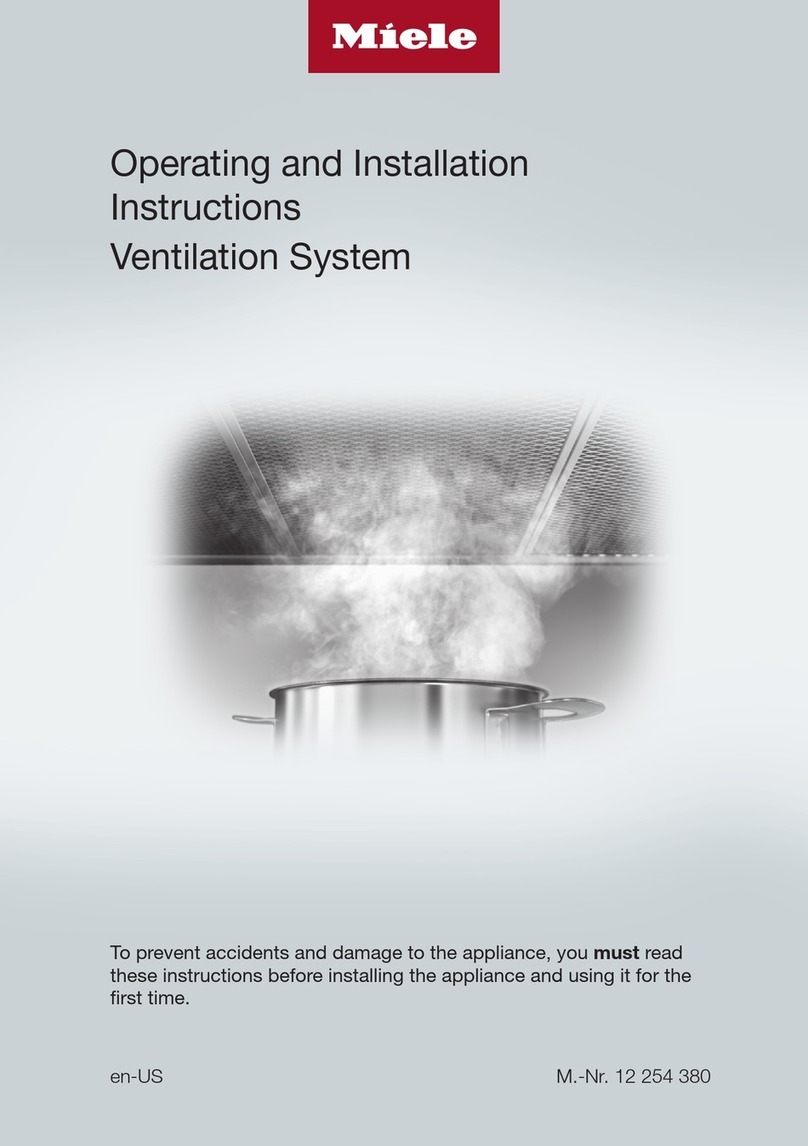
Miele
Miele DA2360SS User manual
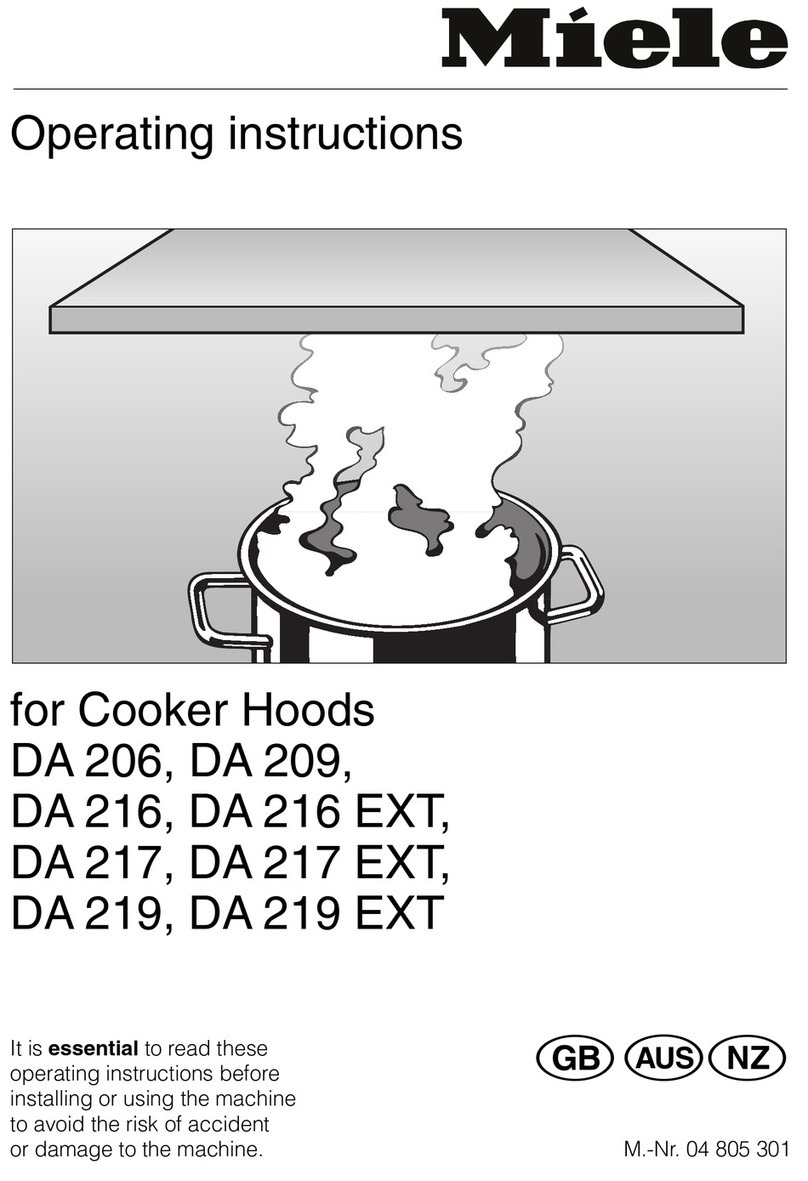
Miele
Miele DA 219 User manual
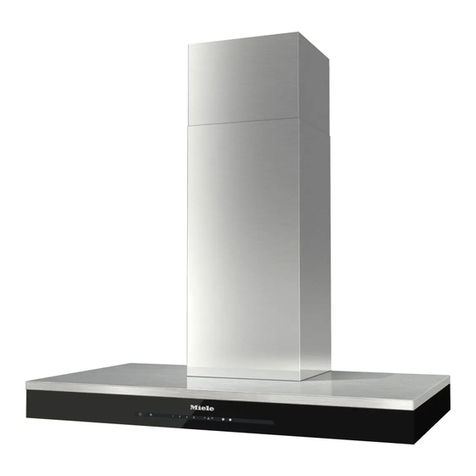
Miele
Miele DA 6698 W User manual
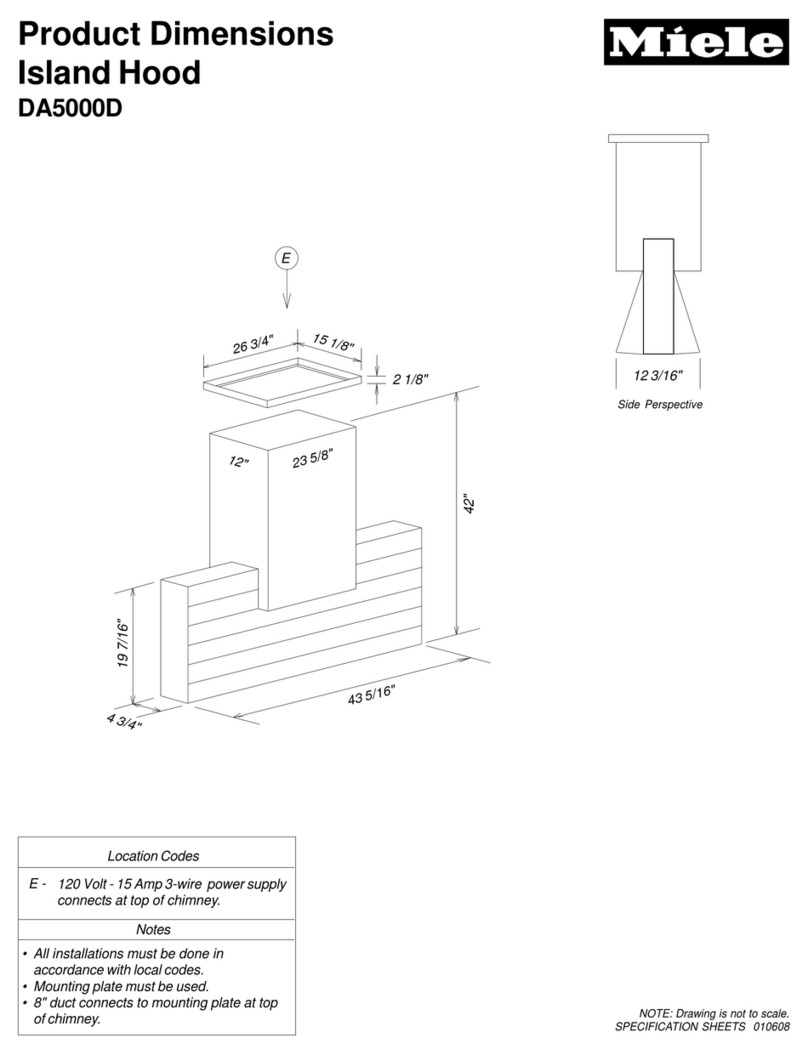
Miele
Miele DA5000D Parts list manual
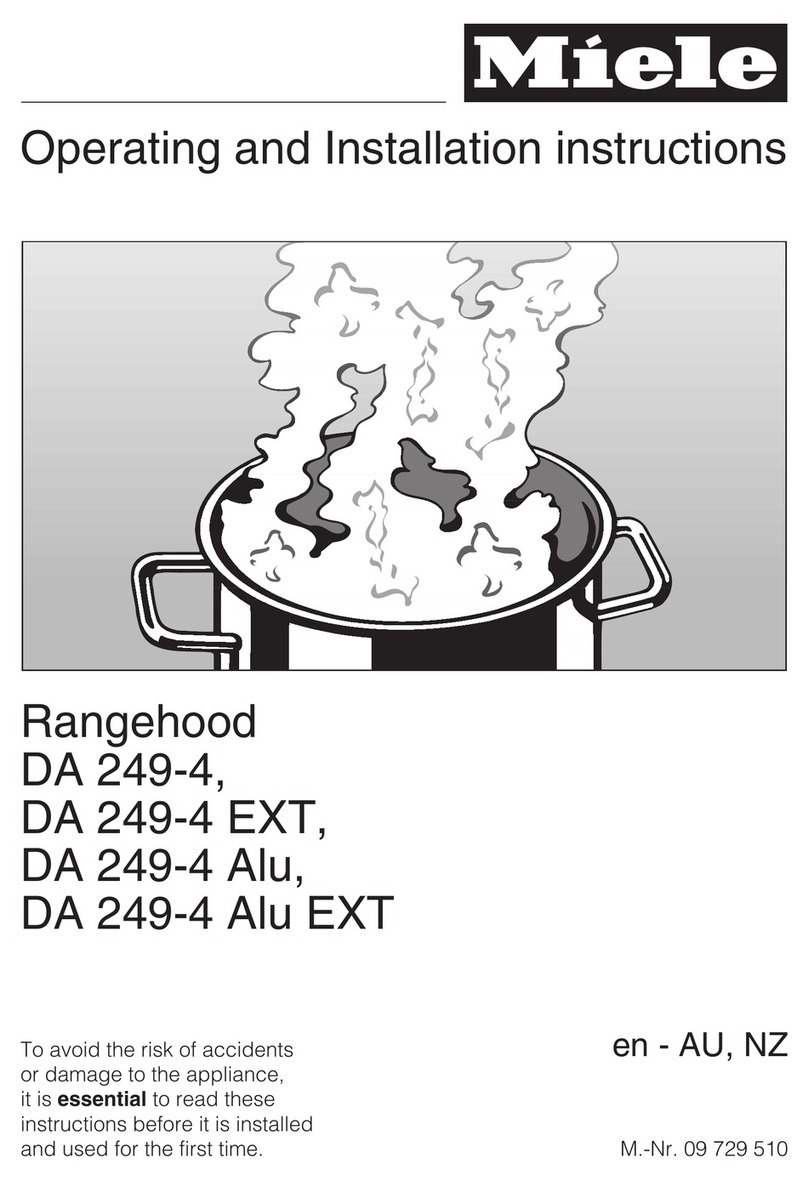
Miele
Miele DA 249-4 EXT User manual
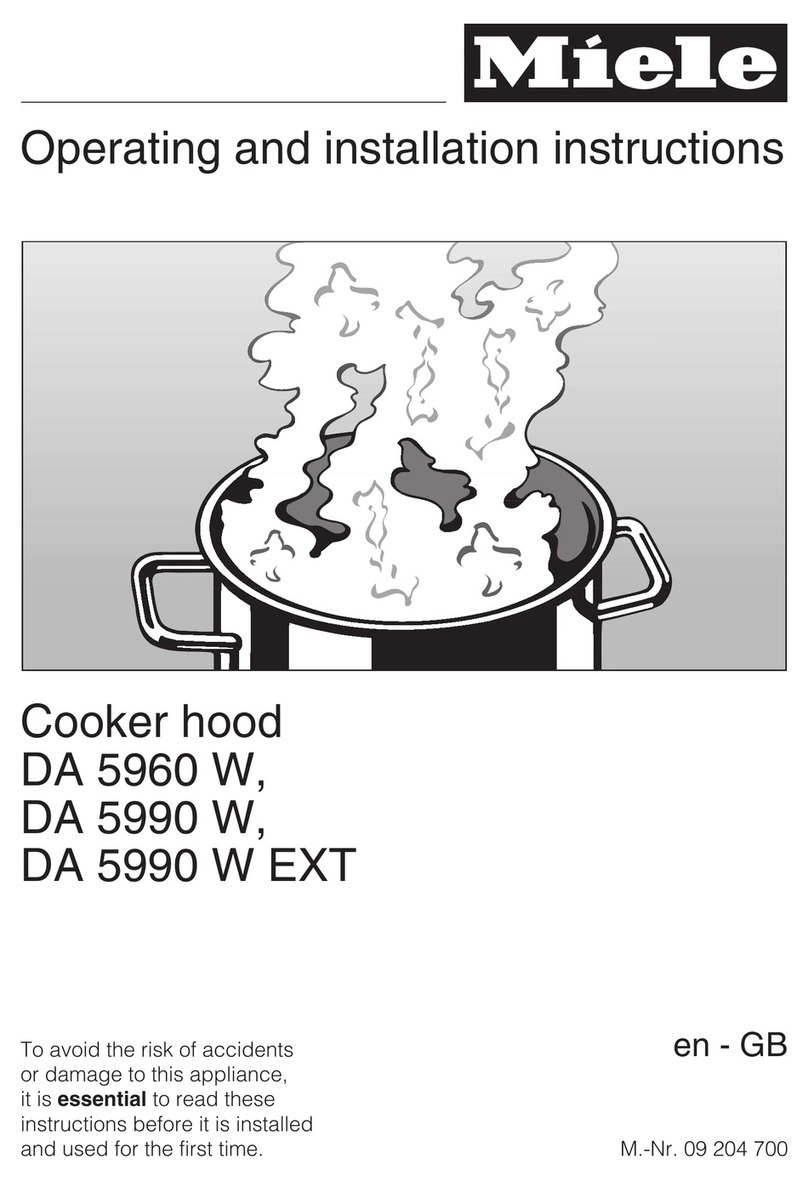
Miele
Miele DA 5990 W EXT User manual

Miele
Miele DA 2818 User manual
Popular Ventilation Hood manuals by other brands

Gorenje
Gorenje S3 IHGC963S4X manual

KOBE
KOBE ISX2136SQB-1 Installation instructions and operation manual

U.S. Products
U.S. Products ADVANTAGE-100H Information & operating instructions

Kuppersberg
Kuppersberg DUDL 4 LX Technical Passport

Framtid
Framtid HW280 manual

Thermador
Thermador HGEW 36 FS installation manual
